This week, we look at some exciting developments across multiple blockchains.
First, Arbitrum has some significant updates; then, we highlight why an Avalanche ETF is impending, and the strides BNB Chain has made in the memecoin space.
And then, we cover the milestones made by Shibarium and $NATO and some general positive news for the crypto ecosystem.
Let’s dive in.
Arbitrum to host meetup in Tokyo in April
Arbitrum, the innovative Layer-2 scaling solution for Ethereum, plans to host a panel discussion on the convergence of AI and Blockchain on April 10th in Tokyo.
The event seeks to connect with the local community of developers and discuss advancements in technology.
This comes after some new updates in the Arbitrum ecosystem.

Arbitrum to support Mexican stablecoin
Bitso Business, an associate of the Mexican crypto exchange Bitso, plans to launch a Mexican peso-pegged stablecoin on the Ethereum Layer-2 network Arbitrum.
The stablecoin, MXNB, will be issued and managed by Bitso’s newly established subsidiary Juno and fully fiat-backed by Mexican pesos on a one-to-one basis. Bitso’s official account explained this in a social media post on X.
This follows crypto research Chainalysis’s report in October that Mexico was an “important country to watch for its embrace of cryptocurrency-based remittances.”
In June 2023, the World Bank estimated that Mexico received $61 billion in yearly remittances, mainly from the US, making it the world’s second-largest receiver.
Chainalysis found that Latin America was the second-fastest growing region globally, behind sub-Saharan Africa, in terms of crypto transaction value received. From July 2023 to June 2024, Latin Americans received $415 billion in crypto—a year-on-year increase of around 42.5%.
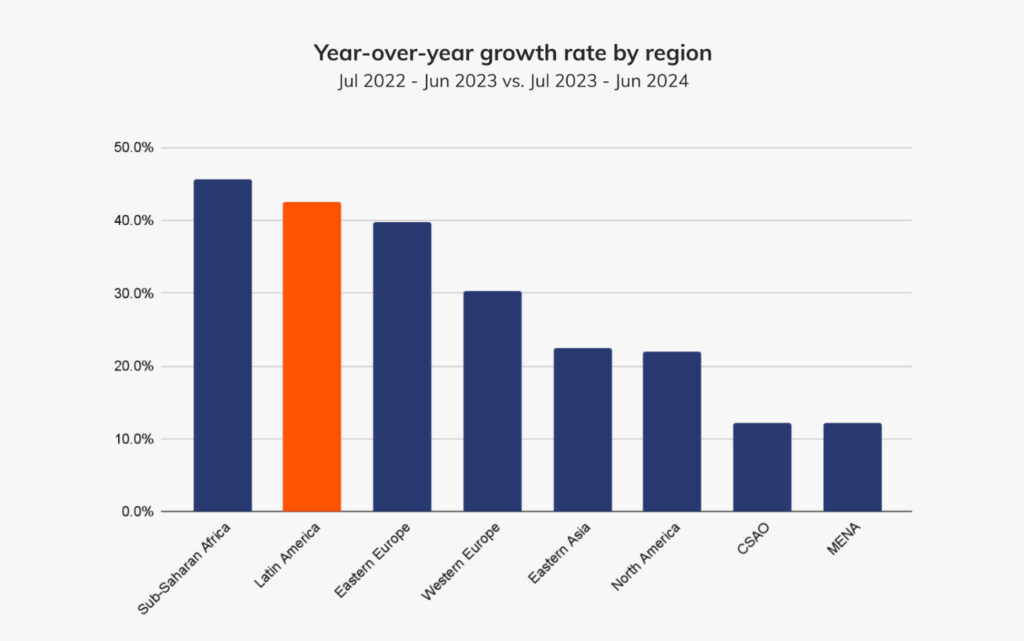
Bitso’s Latin America crypto landscape report found stablecoin purchases on the exchange had surged by 9% as people turned to US dollar stablecoins such as USDC to guard against rising fiat inflation and devaluation of local currencies.
“In Latin America, challenging macroeconomic conditions, characterized by high inflation and currency devaluations, propelled increased crypto adoption—particularly stablecoins—as a reliable store of value,” the report quipped.
Arbitrum DAO votes to increase revenue
Arbitrum DAO’s earnings and plans for raising more revenue in the future were shared by Entropy Advisors. This platform monitors DAO development and governance on Arbitrum.
A shared report revealed that Arbitrum DAO had spent $231 million while generating $107 million in revenue, with deficits like growth-focused startups. While some see the current losses as a natural phase of Arbitrum’s strategy, others have become frustrated.
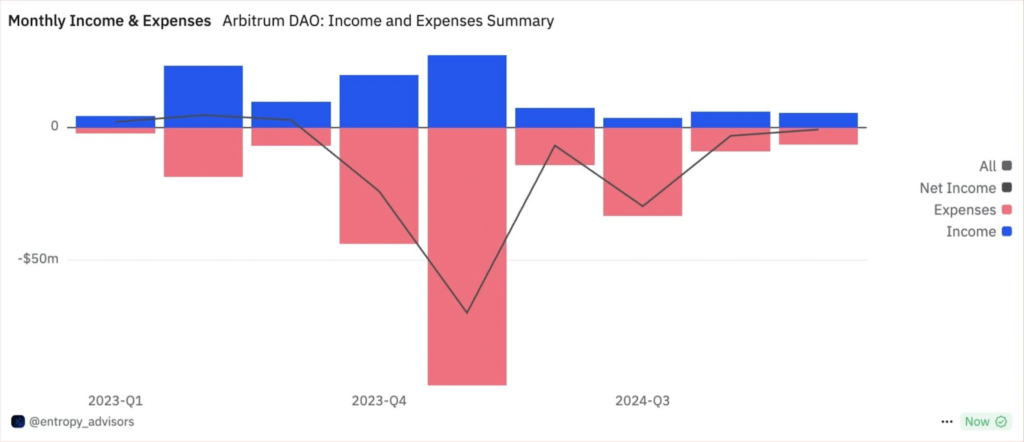
Last week, some DAO members proposed recovering most of the funds the DAO had invested in companies building games for Arbitrum. A delegate, Nathan van der Heyden, argued in a clawback proposal stating,
“We must wind down GCP activities and secure all possible funds to safeguard the DAO’s funds and restore investor confidence in the ability of this DAO to allocate capital.”
Either way, Entropy Advisors have stressed the importance of savvy spending to secure sustainable expansion.
They viewed the income sources as transaction fees on Arbitrum One and Arbitrum Nova, which are categorized into L1 base fee, L1 surplus fee, L2 base fee, and L2 surplus fee. The L2 surplus fee was the principal revenue driver based on the shared data.
Transaction fees constituted the largest source of revenue, accounting for about 95% of the income breakdown. Given that the L2 surplus fee is the leading source of income, its value is projected to increase if there’s more demand for block space.
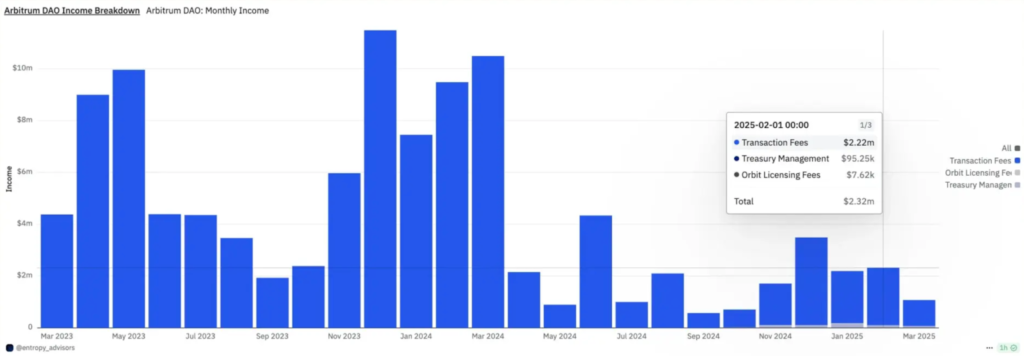
While the L2 surplus fee increased and is projected to increase further, the L1 base fee has decreased by over 90% with blobs. However, the gross profit margin has increased from 25% to 80%.
According to Entropy Advisors, the gross revenue has decreased, and the DAO’s profit has remained relatively unchanged due to margin expansion.
The DAO also plans to increase its spending by including Timeboost as a revenue stream soon, and it is currently voting on that decision. Timeboost and Nova Fee Sweep have also been touted as income streams for the Arbitrum DAO.
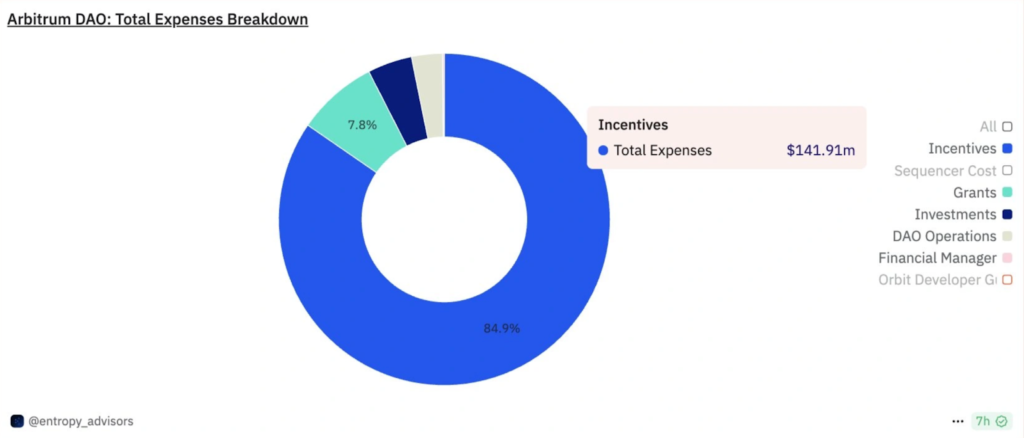
It was also noted that incentives and blockchain-related costs were among the most significant expense sources. However, due to reduced incentive spending, 2025 is expected to be Arbitrum DAO’s most profitable year yet.
Grayscale to launch an Avalanche ETF
Grayscale Investments, one of the largest global asset managers, is finalizing plans to introduce a spot Avalanche exchange-traded fund (ETF) product.
On March 27, Nasdaq applied to list and trade the Grayscale Avalanche Trust shares as an ETF with the US Securities and Exchange Commission (SEC). The rising interest from institutions demonstrates their belief in Avalanche as a fast blockchain that can operate major financial solutions.
According to the filing, the fund’s goal is to mirror the market value of AVAX (Avalanche’s native token) based on a benchmark index. It affirmed that while the product would not allow investors to hold AVAX directly, the ETF offers a streamlined way to gain exposure to the asset.
In addition, Nasdaq stated that the ETF aims to deliver this access with lower costs and fewer technical barriers compared to self-custody or using crypto exchanges.
ETFs could, in general, transform Grayscale’s existing Avalanche Trust into a publicly traded product. The trust manages around $1.7 million in assets and charges a 2.5% annual fee.
In the meantime, Grayscale isn’t the only firm exploring AVAX ETFs.
Asset manager VanEck also filed paperwork with the SEC for a proposed Avalanche ETF. The CEO of Ava Labs praised the growing focus on AVAX ETFs, noting that they represent a fresh way for investors to interact with the blockchain.
Gelato launches product on Avalanche
Gelato, a blockchain development platform, has introduced a new blockchain-as-a-service (BaaS) product on Avalanche to simplify and reduce the cost of deploying sovereign blockchains for businesses.
This product also empowers businesses to launch their Layer-1 (L1) blockchain on Avalanche with a single click. This is used in fintech firms requiring KYC (Know Your Customer) and gaming sites with bespoke economies.
Gelato has previously collaborated with big names such as Kraken and the like. Now, it is focusing on enabling businesses to deploy independent blockchains quickly, alongside interoperability through the use of Avalanche InterChain Messaging (ICM).
Gelato’s action is a notable step toward enterprise blockchain adoption by making it more straightforward for companies to utilize the technology. As more financial institutions explore, the crypto sector approaches a significant point for institutional adoption.
However, these institutions require a stronger and more reliable infrastructure to integrate blockchain into their operations for general adoption confidently.
BNB Chain gets into the memecoin groove
BNB Chain, the blockchain developed by Binance, is enjoying a resurgence in the DeFi and memecoin space.
For most of 2024 and early 2025, Solana monopolized the memecoin industry. It was the network of choice for celebrities, influencers and political figures, including US President Donald Trump.
BNB Chain wasted no time grabbing some memecoin volume. The chain developed its memecoin platform, Four.meme—similar to Solana’s Pump.fun—and introduced daily competitions to promote new projects and subsidize their liquidity. Some of which have secured listings on Binance itself.
A precise tale of the momentum is reflected in the trading volume of the network’s top decentralized exchange (DEX), PancakeSwap. For two weeks, starting on March 15, PancakeSwap led all EVM chains’ DEX volume on nine separate days, according to Dune Analytics data.
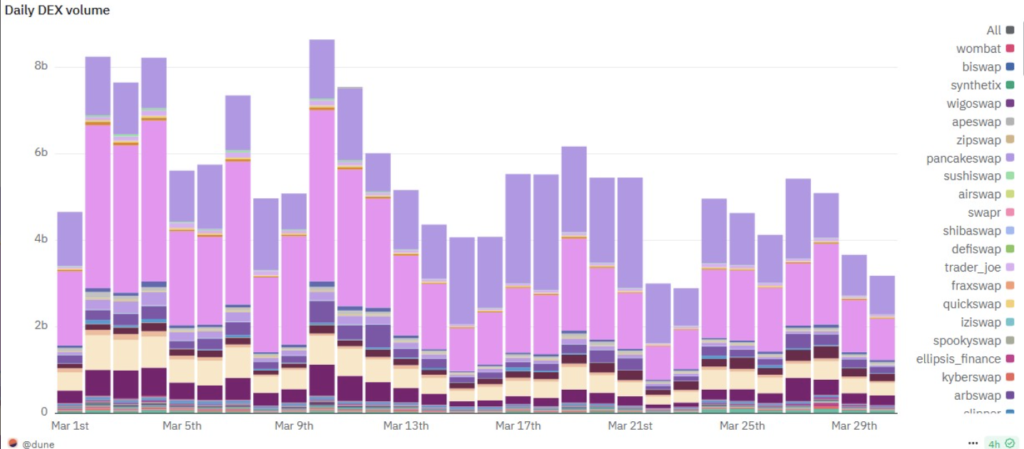
Justin Barlow, head of business development and investments at Sei Foundation, outlined that just two BNB memecoins were responsible for an estimated 13% of PancakeSwap’s daily trading volume.
According to DefiLlama, BNB Chain led all blockchains in DEX volume for eight days during the two weeks starting March 15 — the same time PancakeSwap dominated the EVM DEX landscape.

Barlow also said,
“DEX volumes are a clear signal of user engagement and interest in DeFi, and sustained activity on a platform like PancakeSwap suggests that retail interest in BNB Chain and its memecoin ecosystem is growing.”
Alongside DEX volume, BNB Chain recently led the industry in active addresses among EVM networks. Only Solana surpassed it across all blockchain ecosystems over the past week.
BNB Chain’s Broccoli memecoin meltdown
Community members backing a Broccoli memecoin on BNB Chain are angry, arguing their project was unfairly refused victory in the network’s liquidity support program.
The BNB Chain Meme Liquidity Support Program, which started on February 18, offers $200,000 in permanent liquidity to the top-performing memecoins on the blockchain. Yet, controversy began on February 19 when two memecoins—both inspired by Binance founder Changpeng Zhao’s dog Broccoli—went head-to-head.
Ultimately, the Broccoli token ending in address “714” was declared the winner over the one ending in “F2B.” However, supporters of the F2B token say the result doesn’t add up.
Based on the official leaderboard, both tokens got a daily score of 5.7 in a system where lower is better. According to competition rules, a tie is broken by comparing trading volume, and 714’s token had the edge in that category.
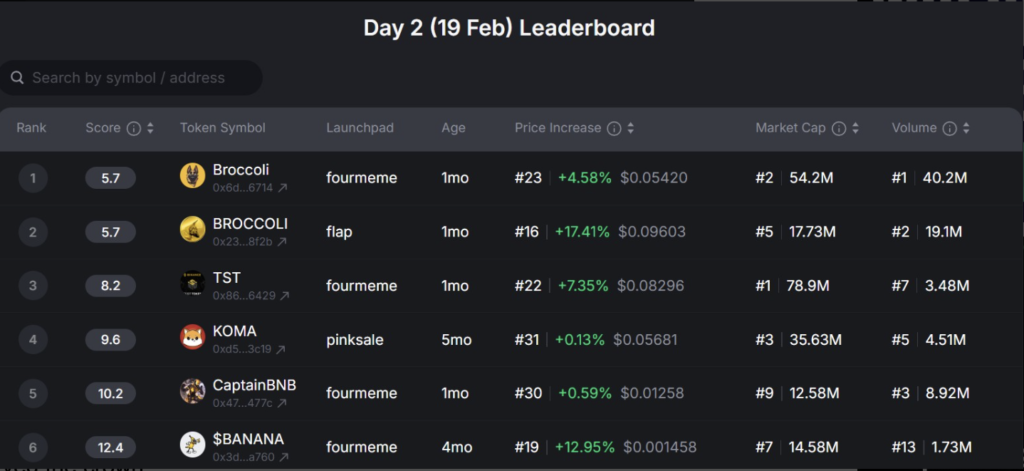
An investigation by the latter’s community now challenges whether the 714 Broccoli token deserved the crown. In a video posted by the F2B community viewing the back-end data, their “BROCCOLI” token, with a token symbol in all caps, ranked first in its calculated daily score.
They then analyzed the back-end data of the 714 Broccoli token (spelt without all caps), which had a daily score of 5.700000000000001 and ranked second.
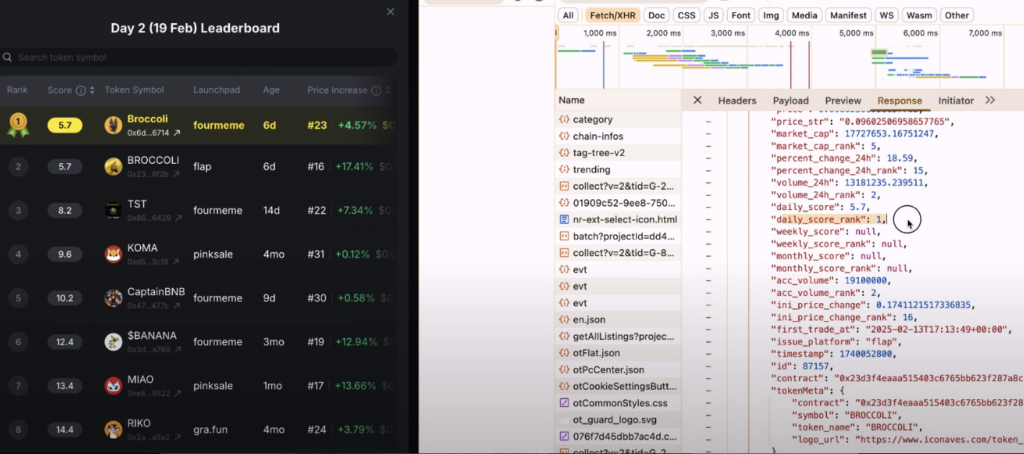
The F2B community also attempted to calculate the scores themselves based on the formula cited by BNB Chain in a blog post:
“Score = (Market cap rank x 30%) + (24h price change rank x 20%) + (24h volume rank x 50%)”
Based on that, F2B appeared to have an advantage, i.e., 5.5 points compared to 714’s 5.9 points.
Yet, BNB Chain affirmed that the community’s calculations relied on incorrect metrics.
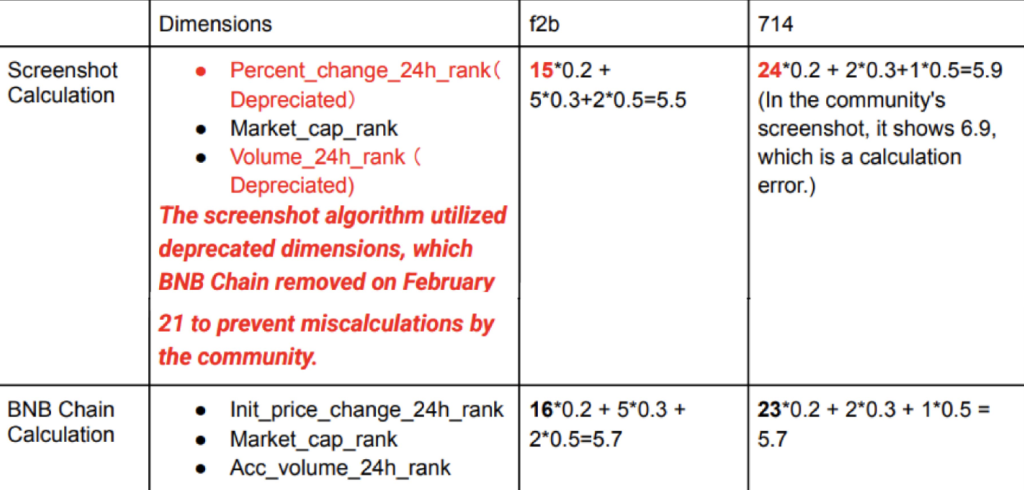
BNB Chain also disregarded concerns about the overly precise 5.70000001 score, saying it resulted from floating-point deviations caused by the IEEE 754 standard and held no reference value for the actual score.
Despite the clarification, many in the F2B camp remain unconvinced, arguing that the rules lacked transparency and changed mid-competition.
Crypto scams down by 98% in March 2025
Despite the craziness in 2025, a favorable sign of market recovery has emerged lately. In March, losses from crypto scams, exploits and hacks were reduced to just $28.8 million.
It was a significant drop from February’s massive $1.5 billion, which was primarily driven by the Bybit hack. Thus, this drop indicates that security measures have improved or that fraudsters are finding fewer vulnerabilities to exploit.
According to data posted on social media by blockchain security firm CertiK,
“Code vulnerabilities accounted for the most losses, at over $14 million, while wallet compromises were used to steal over $8 million.”
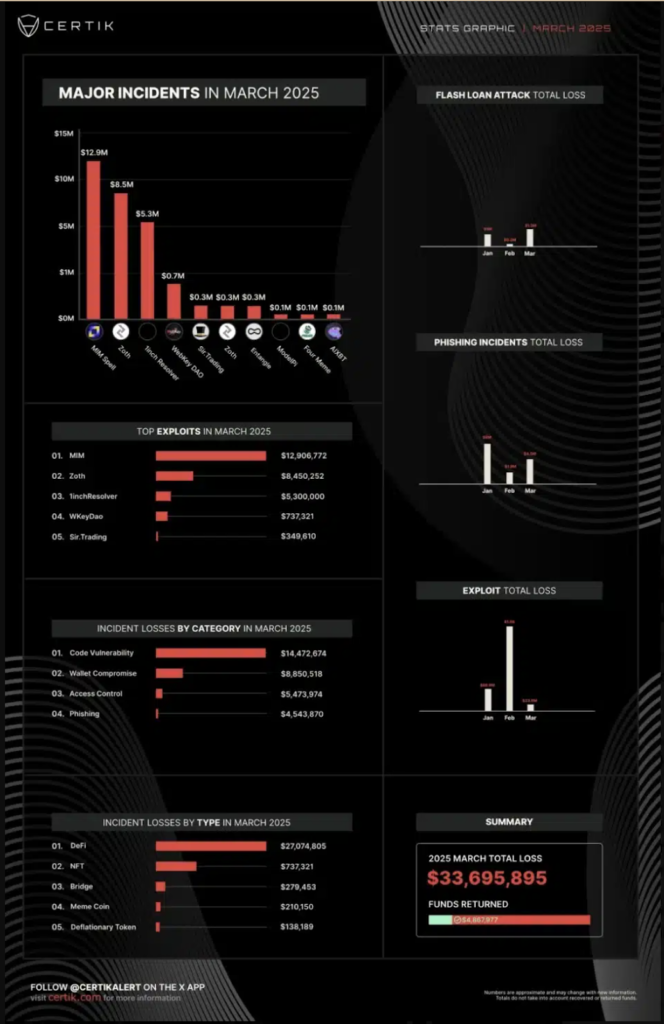
What led to this improvement?
Among other things, the regulatory approach under the Trump administration has shifted compared to the Biden administration’s stringent position.
In that vein, Paul Atkins, who President Trump nominated for the SEC chair, has already pledged to establish a “rational” and “coherent” regulatory structure for the crypto industry.
He made a statement during the U.S. Senate Banking Committee hearing,
“A top priority of my chairmanship will be to work with my fellow commissioners and congress to provide a firm regulatory foundation for digital assets through a rational, coherent, and principled approach.”
Thus, this move could bring much-needed clarity and stability, mitigating risks and reducing crypto scams and losses.
Shibarium surpasses 1 billion transaction milestone
Shibarium, Shiba Inu’s Layer-2 blockchain, has processed over 1 billion transactions since its inception in 2023. This indicates the token’s growing adoption within the crypto space.

Analysts reported that Shibarium achieved the incredible feat on March 31 after recording four million transactions daily.
Some market observers affirmed that Shibarium’s achievement also suggested that the blockchain can process high transaction volumes. This was attributed to the token’s robustness and the active participation of the blockchain community.
Shibarium achieved this milestone at a remarkable speed compared to other prominent blockchains, such as Bitcoin and Ethereum. For instance, it took Bitcoin 15 years to reach 1 billion transactions, while it took Shibarium merely less than two years.
After hitting the milestone, Shiba Inu experienced a minimal surge in trading activity. Its trading volume increased by nearly 20% to $229 million, with a daily transaction volume of 4.05 million. Furthermore, it has more than 193.93 million addresses, 10.23 million mined blocks, with an average block time of 5 seconds per transaction.
$NATO launches after airdrop to 1 million users on Base
The Nation token ($NATO), built on the Base blockchain, has announced its official launch. Currently, $NATO is trading live on Uniswap, Poloniex, and AscendEX.
Before now, 74% of $NATO’s 1 trillion token supply was distributed in one of the largest airdrops ever. About 740 billion tokens were airdropped evenly to 1 million randomly selected Base wallets, each receiving 740,000 $NATO.
The Nation token was born out of a concern about centralized cryptocurrencies. Many modern tokens are increasingly dominated by a small group of insiders, which defeats the idea behind decentralization.
Thus, $NATO aims to break that pattern by forming a community-owned and community-governed asset where the people drive every decision. To this end, it will enable token holders to vote on proposals and roadmap decisions.
After its initial Uniswap listing (paired with WETH), $NATO enjoyed growth in trading activity. In the two weeks following, Poloniex and AscendEX listed $NATO, resulting in a 10x increase in trading volume, according to the team’s reports.
Closing remark
Although USDC and USDT are the most used stablecoins in Latin American countries, several Mexican peso-pegged stablecoins have recently entered circulation. Arbitrum is the host for the next one.
The approval of Grayscale AVAX ETF would be a breakthrough in expanding the Avalanche ecosystem while increasing its mainstream acceptance and trading volume.
BNB Chain is finding its feet in the memecoin space and giving Solana a run for its money. Similarly, Shibarium’s latest milestone is a welcome development of the blockchain ecosystem.
Zypto App integrates SUI chain
Zypto has integrated SUI chain, facilitating direct access to all SUI chain’s coins and tokens (over 150), directly within Zypto App. In addition, you can now swap and trade SUI ecosystem assets with the integration of Aftermath.
Find out more here.
Here are this week’s updates for you, folks. Which story interests you the most or leaves questions? Let us know in the comments section!

FAQs
When does Arbitrum plan to host its meetup?
Arbitrum plans to host its meetup on April 10th in Tokyo.
What is the name of the stablecoin to be launched on Arbitrum?
Bitso Business intends to launch a Mexican peso-pegged stablecoin called MXNB on Arbitrum.
Why does Grayscale want to launch an Avalanche ETF?
Grayscale sees Avalanche as a fast blockchain that can operate major financial solutions.
What is BNB Chain’s memecoin platform?
BNB Chain’s memecoin platform is called Four.meme.
How many transactions have Shibarium processed?
Shibarium has processed over 1 billion transactions.
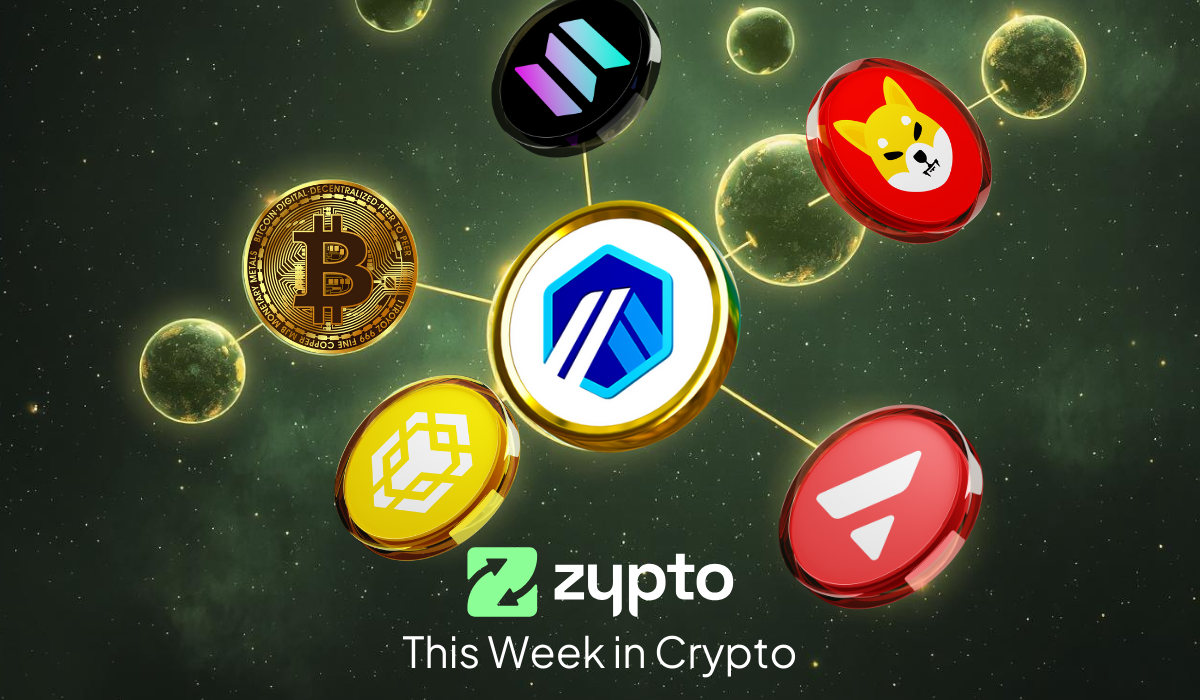









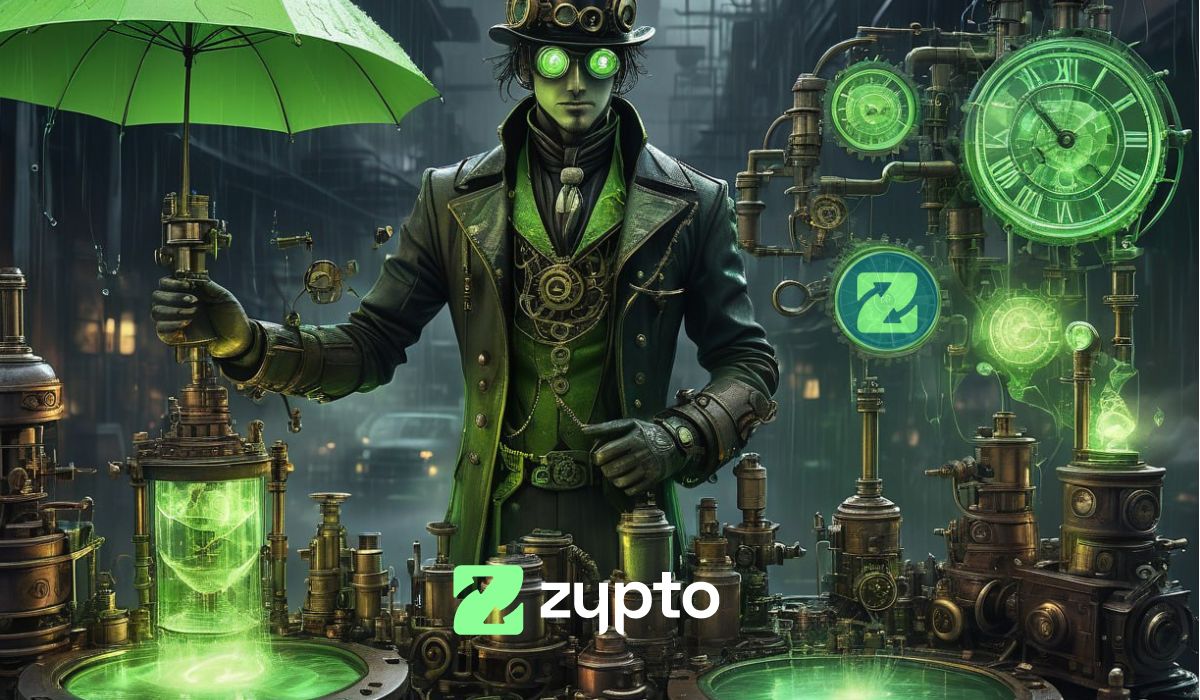

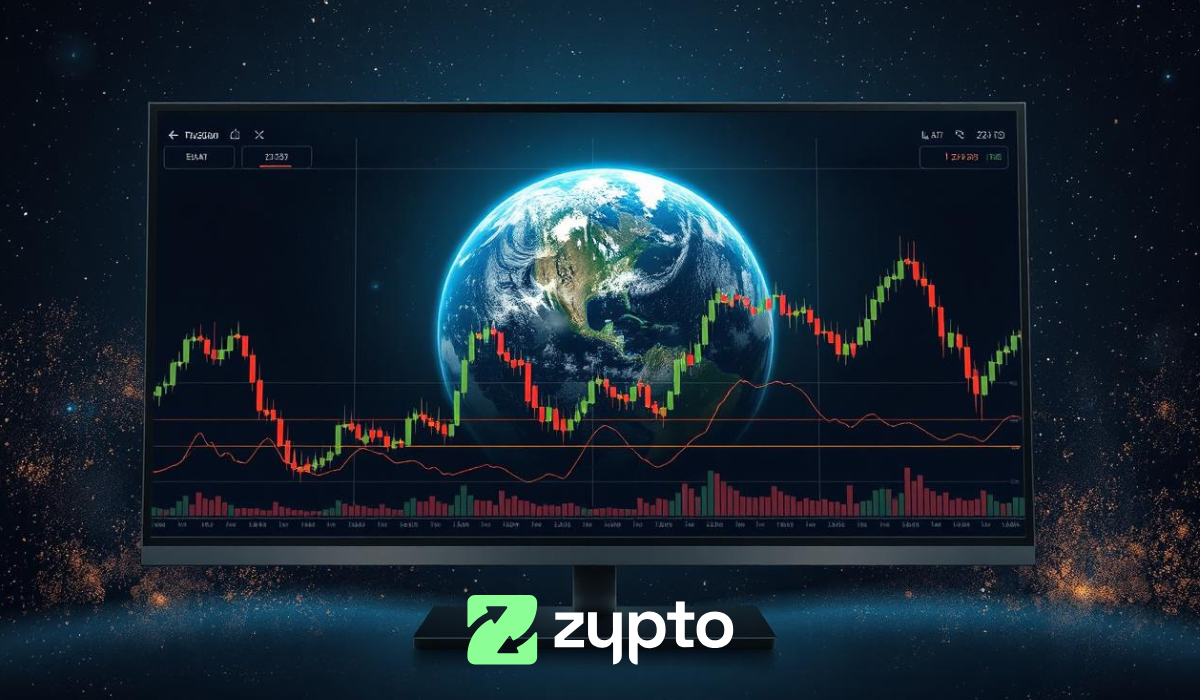

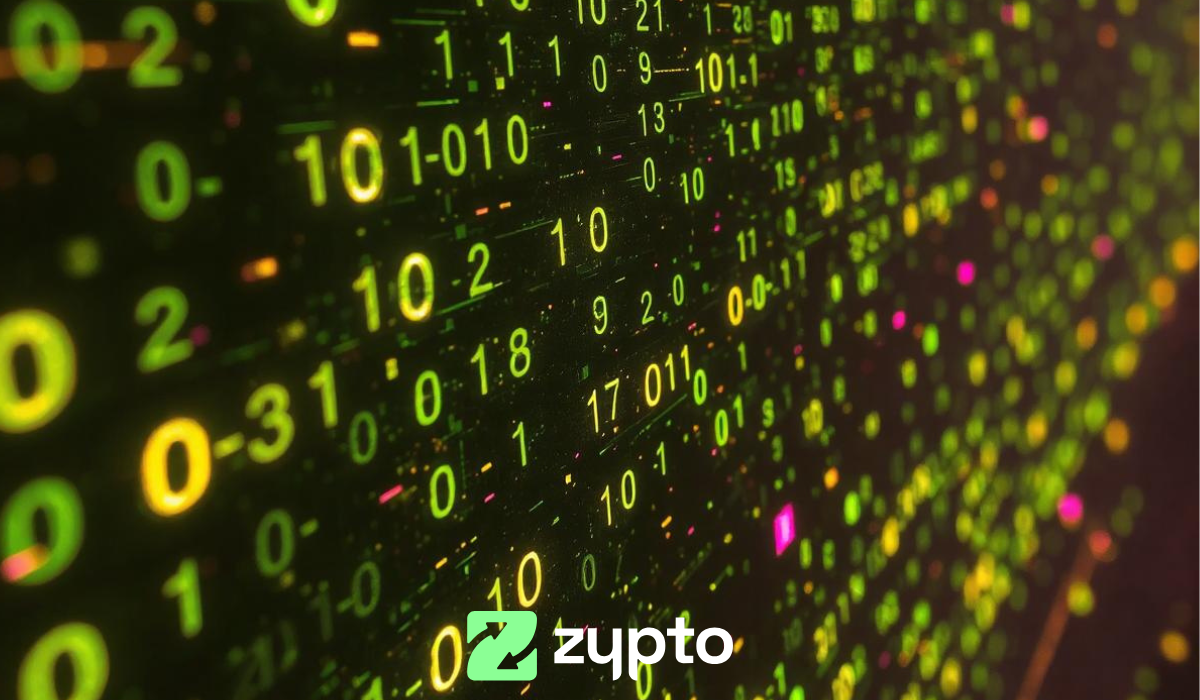

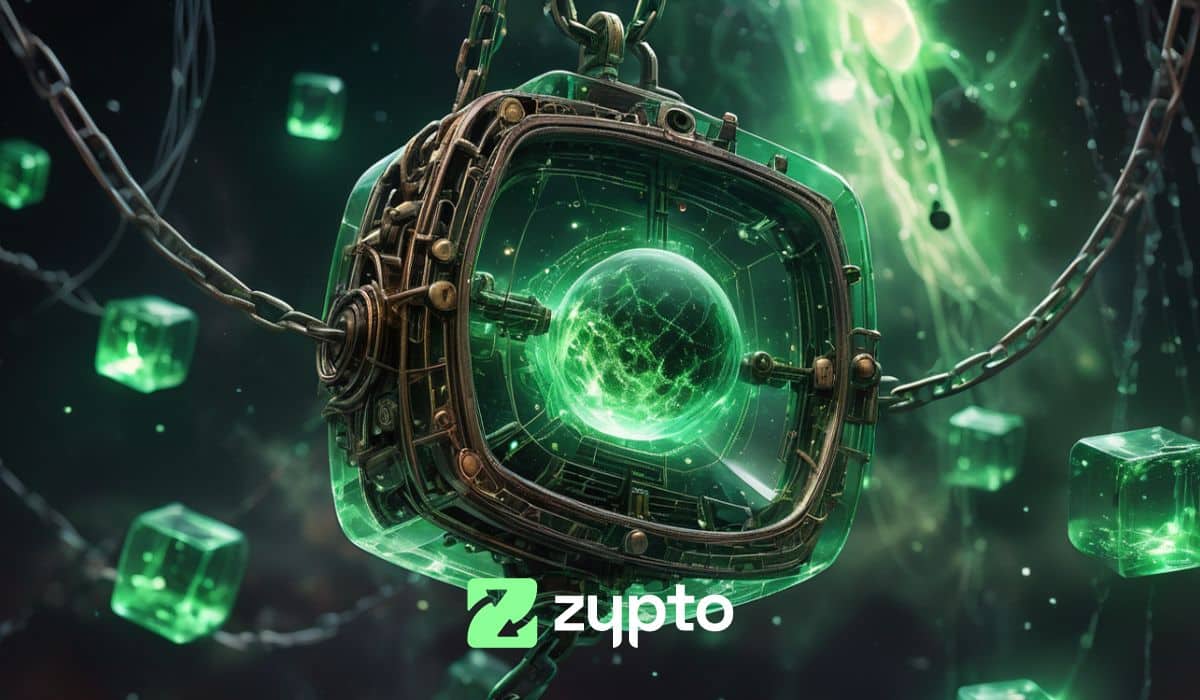
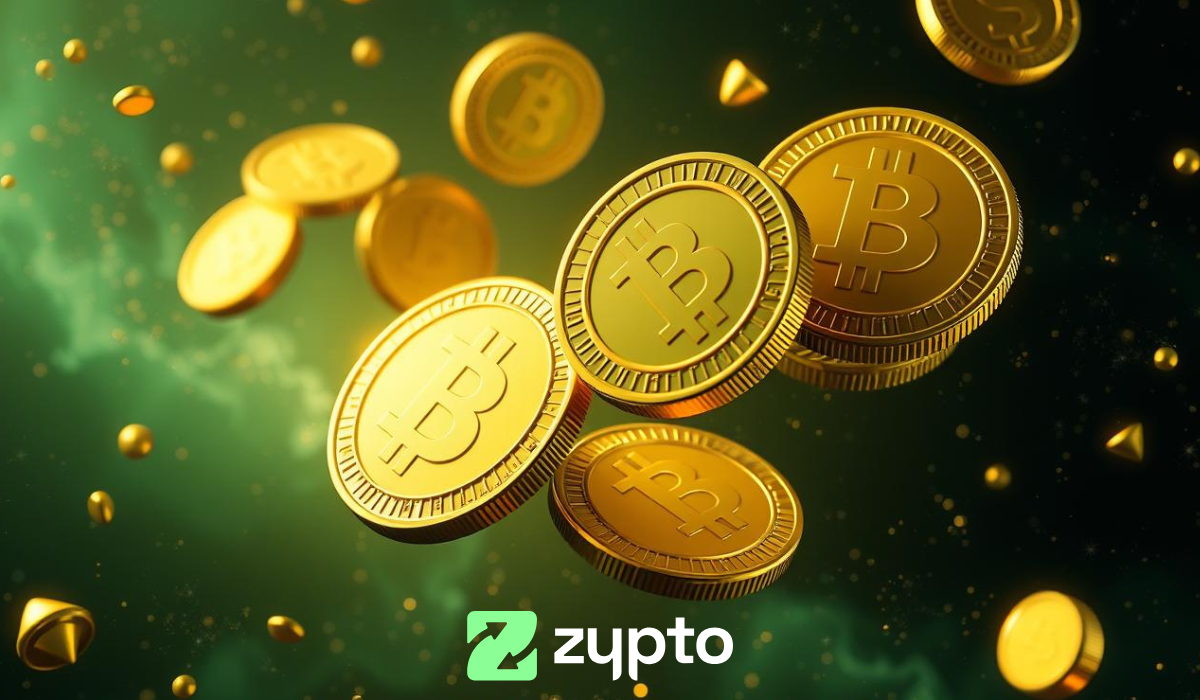



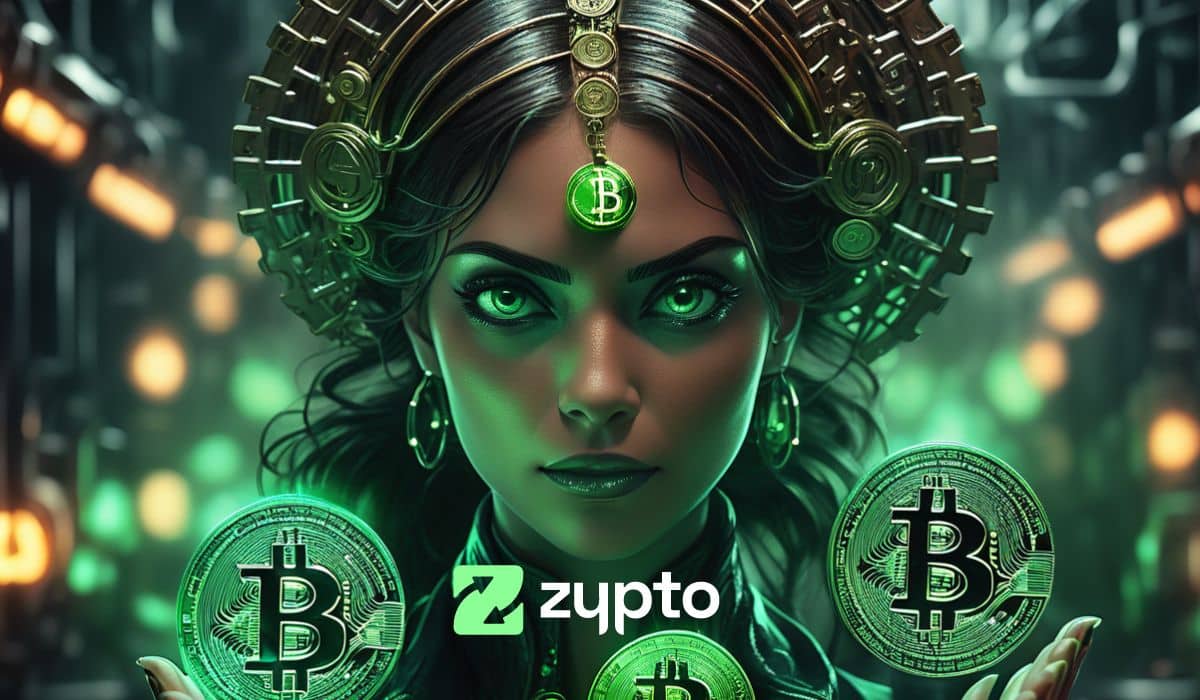




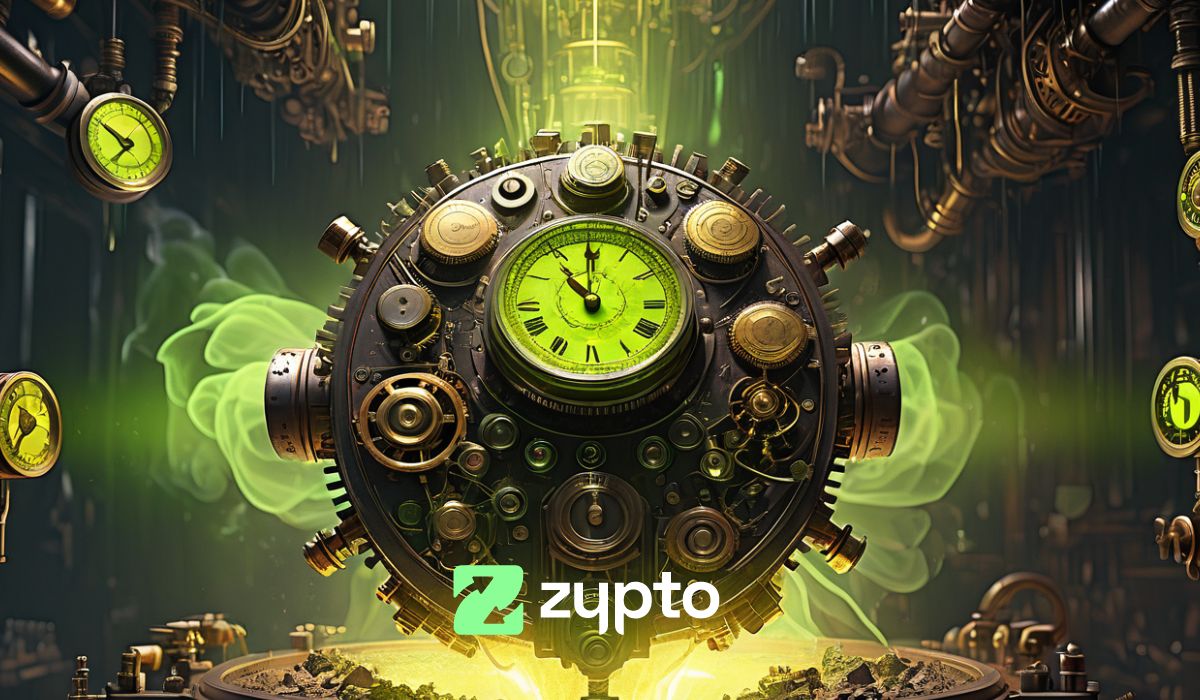



Zypto integrated with SUI blockchain at a better time of crypto market. The crypto space needs an app that evolve with the ecosystem. Zypto shows they’re paying attention to what Zyptonians users want.